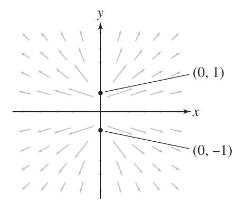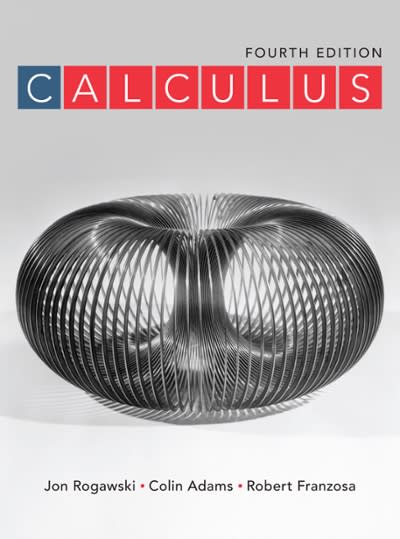Figure 6 shows the vector field (mathbf{F}=abla f), where [ f(x, y)=ln left(x^{2}+(y-1)^{2}ight)+ln left(x^{2}+(y+1)^{2}ight) ] which is
Question:
Figure 6 shows the vector field \(\mathbf{F}=abla f\), where
\[
f(x, y)=\ln \left(x^{2}+(y-1)^{2}ight)+\ln \left(x^{2}+(y+1)^{2}ight)
\]
which is the velocity field for the flow of a fluid with sources of equal strength at \((0, \pm 1)\) (note that \(f\) is undefined at these two points). Show that \(\mathbf{F}\) is both irrotational and incompressible-that is, \(\operatorname{curl}_{z}(\mathbf{F})=0\) and \(\operatorname{div}(\mathbf{F})=0\) [in computing \(\operatorname{div}(\mathbf{F})\), treat \(\mathbf{F}\) as a vector field in \(\mathbf{R}^{3}\) with a zero \(z\)-component]. Is it necessary to \(\operatorname{compute}_{\operatorname{curl}_{z}(\mathbf{F}) \text { to conclude that it is zero? }}\)

Fantastic news! We've Found the answer you've been seeking!
Step by Step Answer:
Related Book For 

Question Posted:





